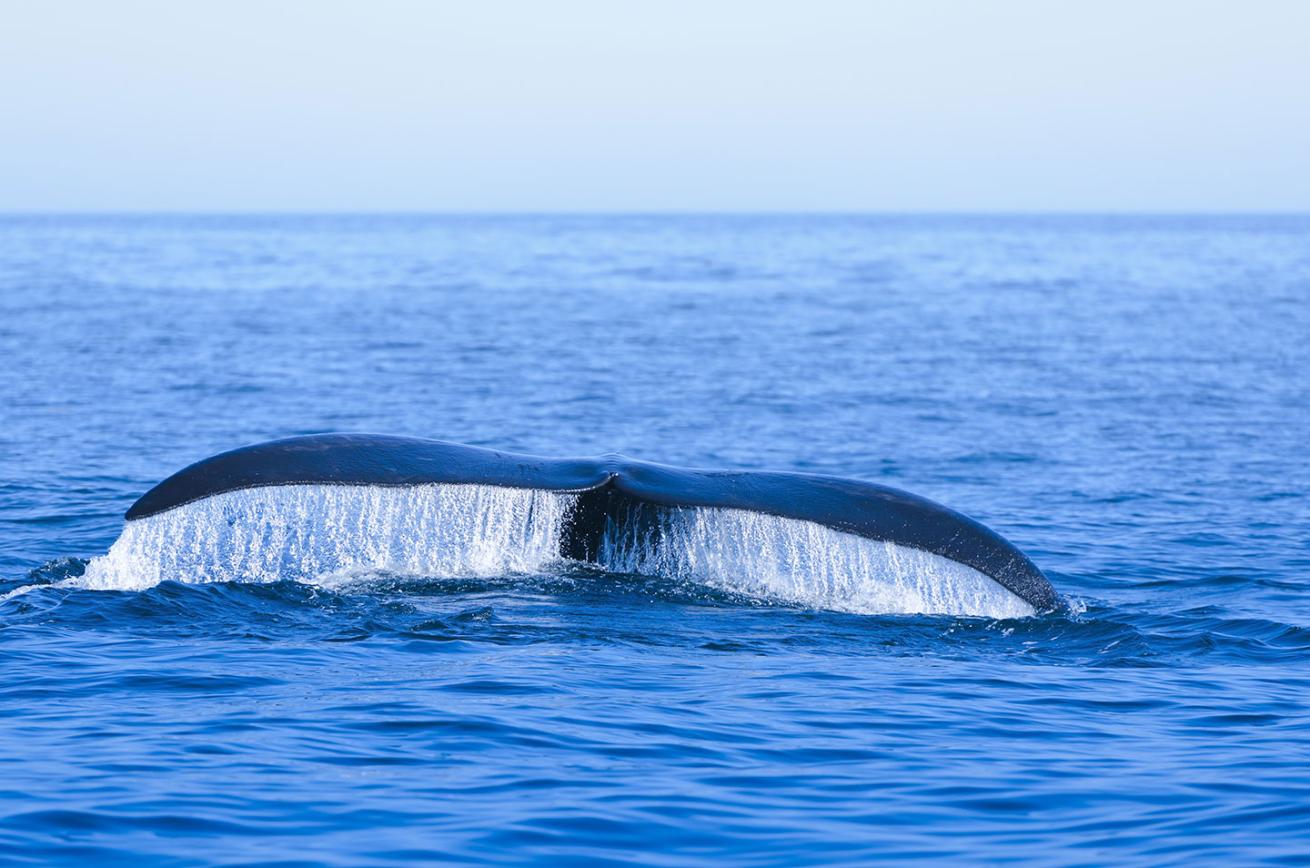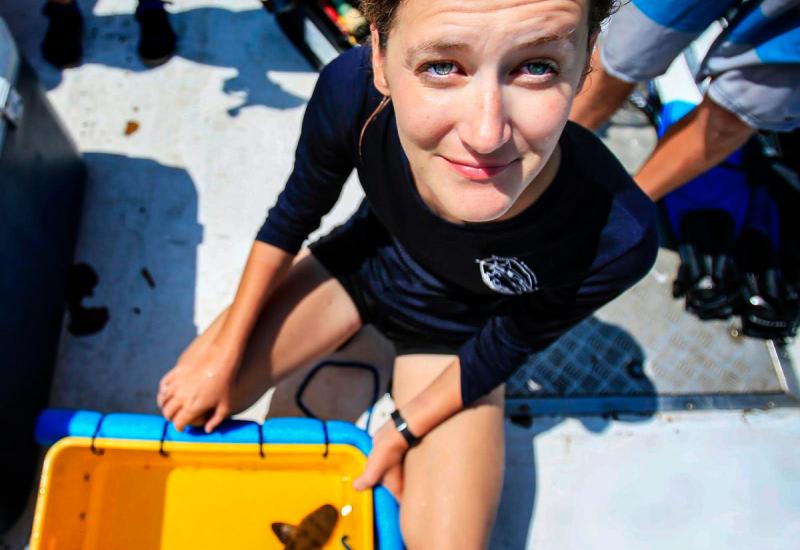More Right Whale Sightings Could Mean Fewer Whales in Cape Cod Bay

ShutterstockCape Cod Bay is part of a federally designated critical habitat and a location where risk of collision with vessels is particularly high. The low profile of a subsurface feeding right whale makes it difficult for mariners to see, so crews are urged to keep a sharp lookout and observe the federal law prohibiting approach of a right whale within 500 yards (1,500 feet).
Provincetown, Mass. — In mid-January, scientists on board Center for Coastal Studies’ research vessel Shearwater out of Provincetown spotted two critically endangered North Atlantic right whales in Cape Cod Bay, five miles south of the Provincetown Harbor. This was the first confirmed sighting of right whales in the bay in 2017.
Two days later, the Center’s right whale aerial observation team flew over the bay and spotted five right whales in approximately the same location.
“Even though the first right whales arrive around this time every year, seeing such a rare animal is always exciting,” said Christy Hudak, chief scientist on the research cruise.
Whale-watchers were thrilled last spring to see record numbers of North Atlantic right whales off Massachusetts’s Cape Cod Bay. While more sightings — some days more than 100 whales —may seem like a good sign that the critically endangered population is growing, the increase in sightings of these typically rare offshore animals could actually mean more trouble ahead.
Birth rates are down and entanglements are up, the director of right whale ecology at the Center for Coastal Studies in Provincetown told a Boston CBS affiliate.
Charles “Stormy” Mayo told the TV station that more sightings might mean that traditional feeding grounds for these whales, which span across the entire northern Atlantic, are failing, forcing them closer to shore, and the human-driven hazards that come with that proximity. “When they make these radical changes, it’s a little worrisome,” Mayo said.
Right whales — whose global population is estimated to be just 524 individuals — enter Cape Cod Bay every winter to feed on zooplankton. Sometimes, their numbers are the densest aggregations of these rare animals seen anywhere in the North Atlantic Ocean.
Center for Coastal Studies’ scientists have been studying right whale behavior, food resources, and distribution since 1976. This year the CCS research team was on the water and in the air through May, supporting conservation efforts by the Massachusetts Division of Marine Fisheries (DMF) and the National Oceanic and Atmospheric Administration (NOAA).
“This year, as in every year in the last many decades, the return of right whales should remind us of the ocean that supports them, and of the fragile environment on which they depend,” Dr. Charles “Stormy” Mayo, director of the Right Whale Ecology Program at CCS, said of the sighting. “Although the return of right whales is a spectacle that we count on every year, change has come to the global ocean, and we can’t take these sightings for granted.”










